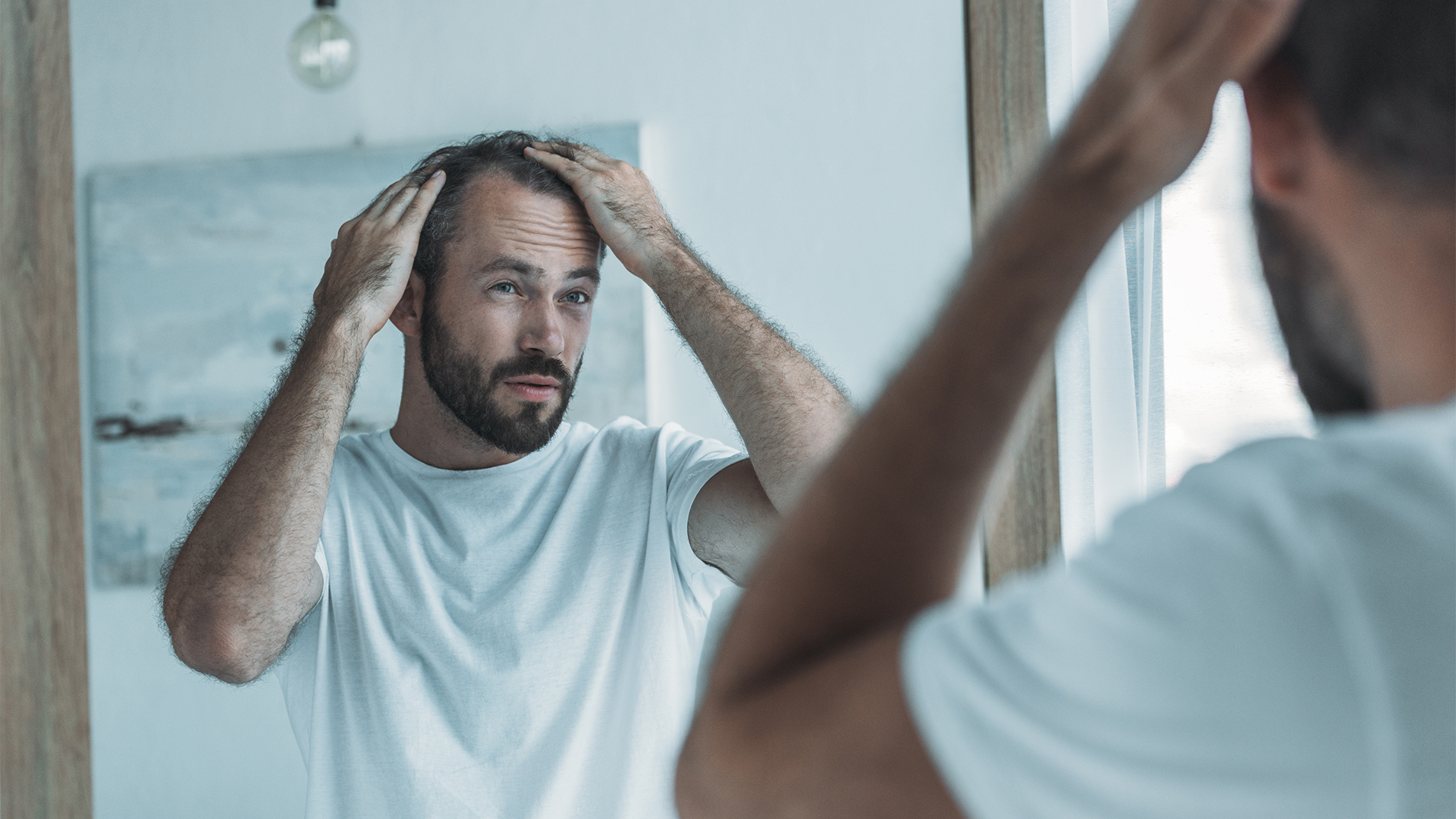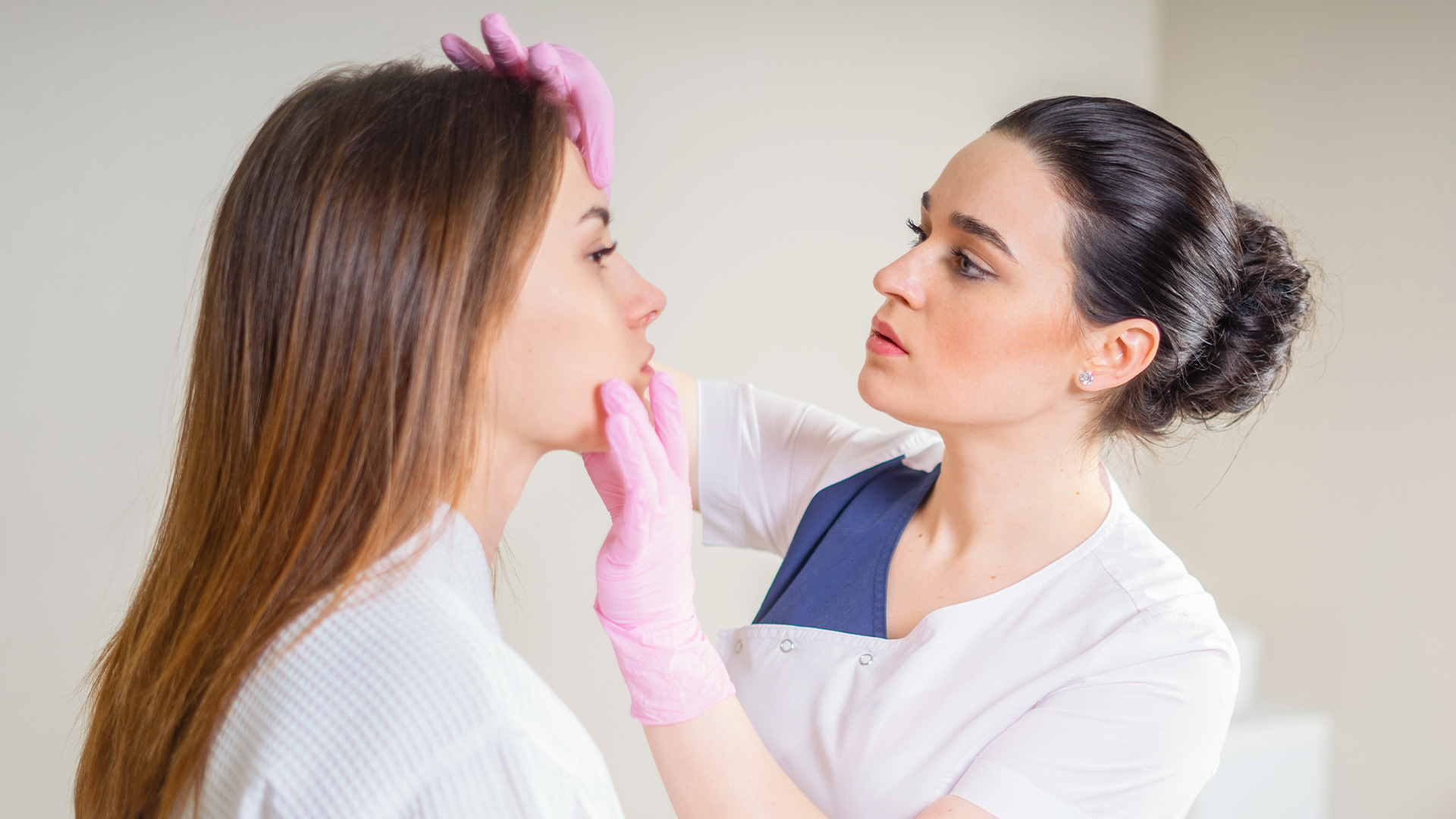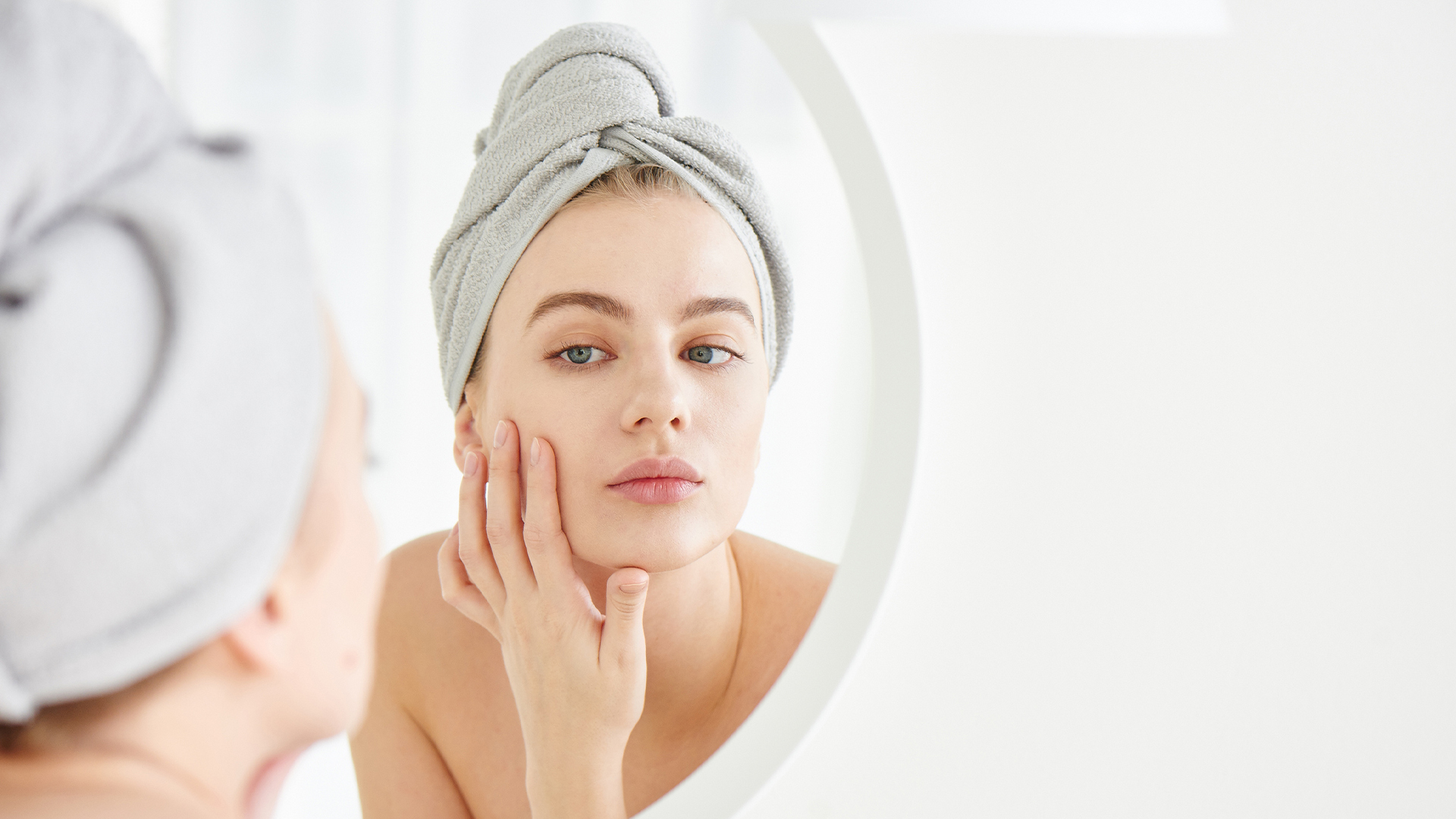
Fitness & Nutrition
Browse Posts in Various Categories

Play, Learn, Grow: Why Playground are Vital…
Between 2011 and 2023, public playground budgets fell by more than £350m. As a result, between 2013 and 2023, almost…
View Article
Ex-Airline Executive Reveals Game Changing Secrets to…
Jet lag can sometimes put a bit of a downer on your holiday – you’ve spent months excited for your…
View Article
When Is It Time To Seek Professional…
By Rizvan Faruk Batha MPharm, PGDip GPP, IPresc, MRPharmS, Superintendent Pharmacist and Director of Operations at Specialist Pharmacy Hair loss…
View Article
Health Expert Reveals Top Tips for Avoiding…
From long road trips in your used Ford to the work commute, travel sickness can be a problem. With one…
View Article
Supporting Employees with Chronic Illness
About 15 million people across the UK have chronic illnesses, meaning there is a good chance that you know someone…
View Article
Top Ten Tips For A Healthier Lifestyle…
We asked survey respondents how much water they’re consuming at work on a daily basis. A shocking 47% almost half…
View Article
Behind Closed Doors: Understanding the Psychology of…
Hoarding might seem like a niche condition that you’d never encounter. However, statistics show that it affects around 5% of…
View ArticleExplore Other Categories








